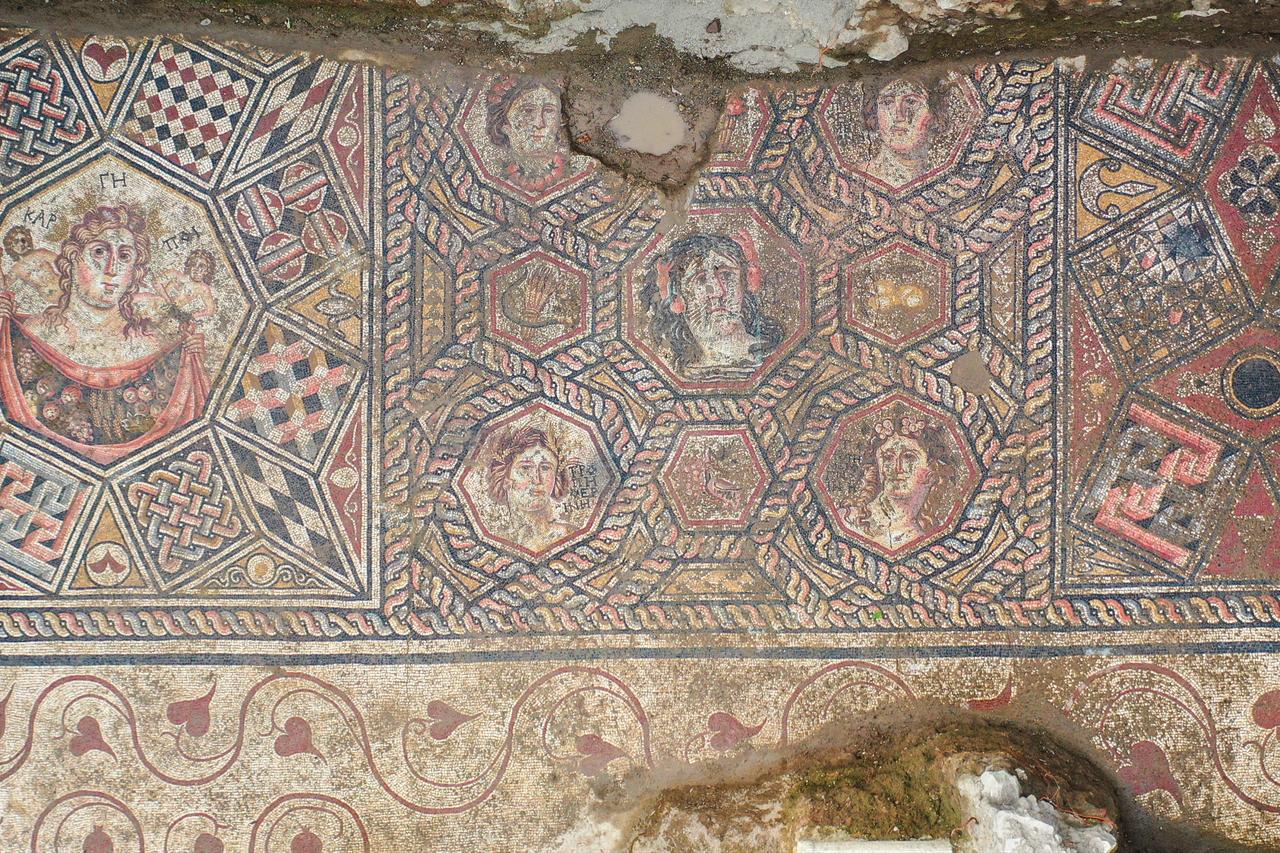
Archaeologists in Iznik (historically known as Nicaea), a district of Bursa in northwestern Türkiye, are bringing to light a richly decorated third-century mosaic floor first spotted 11 years ago during sewer works.
The find, buried beneath Afyon Sultan Street in the Beyler neighborhood, is now emerging as part of a wider archaeological excavation launched this year after the completion of expropriation procedures.
The mosaic’s emergence comes as Iznik prepares to host an important stop in Pope Leo XIV’s upcoming visit to Türkiye between 27 and 30 November.
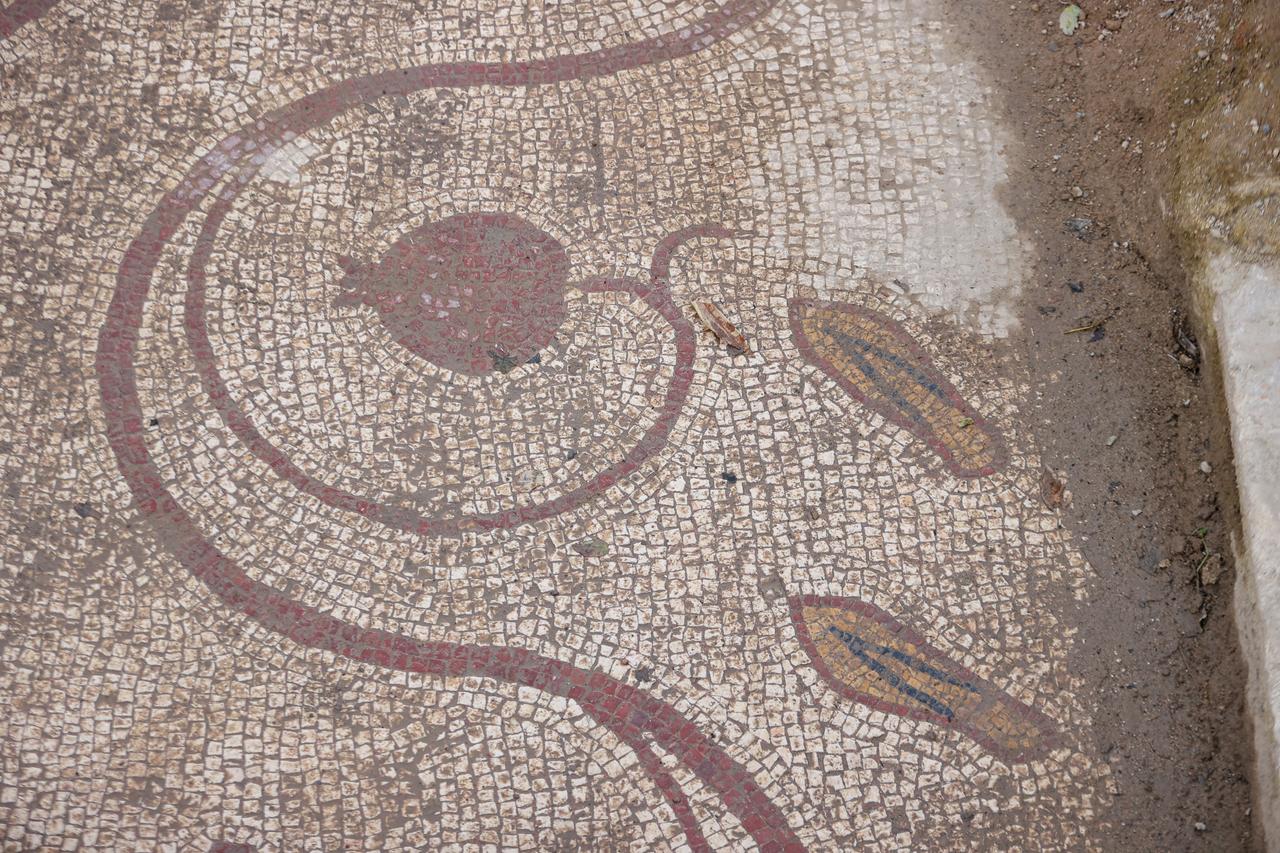
The mosaic first appeared in 2014, when workers uncovered a human-faced figure during an infrastructure project.
Authorities halted the construction, sealed the area, and waited until legal arrangements allowed a full archaeological excavation.
With this year’s dig led by the Iznik Museum Directorate, teams have now uncovered approximately 50 square meters of the pavement, believed to have formed the floor of a Roman public building or a luxurious residence.
The uncovered scenes feature a woman holding a basket of fruit, another female face interpreted as the personification of Lake Iznik, and additional figures framed by geometric and three-dimensional patterns.
Archaeologist Yusuf Kahveci, part of the excavation team, noted that the mosaic is a very recent discovery in scientific terms, adding that detailed studies are still underway.
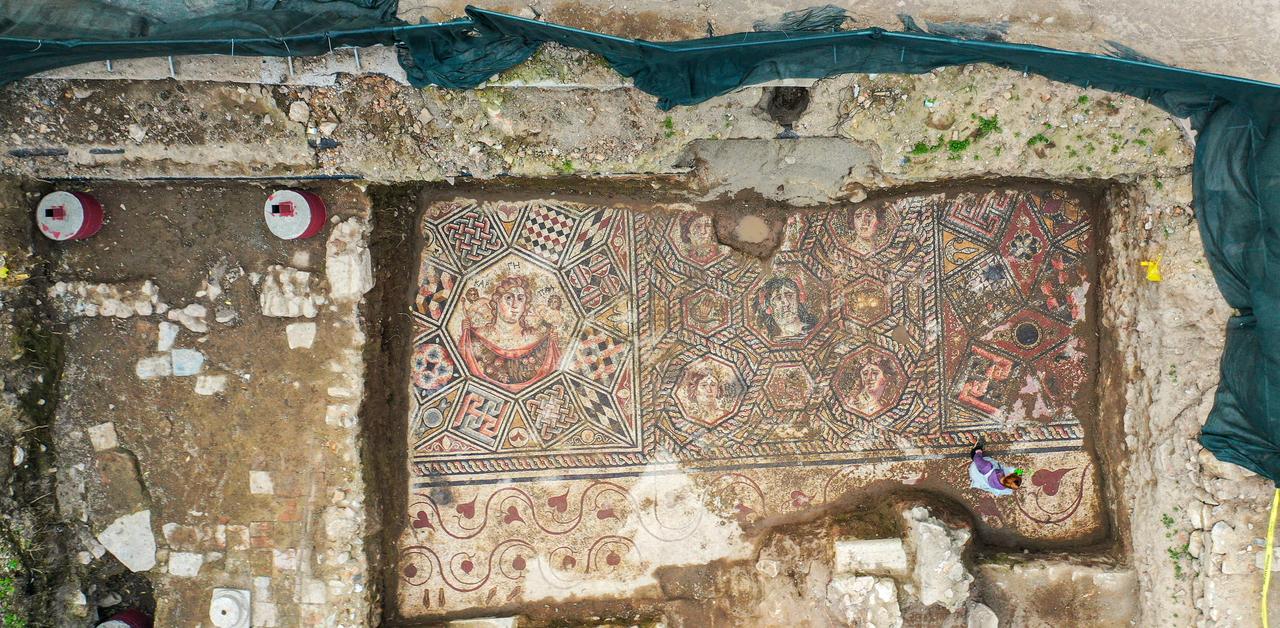
According to Kahveci, the team is excavating a 350-square-meter area in total, with the mosaic continuing both beneath the road and into neighboring plots.
Early observations suggest the structure once had painted walls and marble flooring, although most were damaged or removed over time. The mosaic, however, survived largely intact.
It consists of three separate panels surrounded by a border of pomegranate and ivy leaves, two plants commonly associated with fertility and rebirth in Roman iconography.
One threshold area shows two pairs of sandals arranged as entry and exit markers, hinting at how people moved through the room. Based on symmetry, the team estimates that the mosaic originally extended about 20 meters (65.6 feet) along one side.
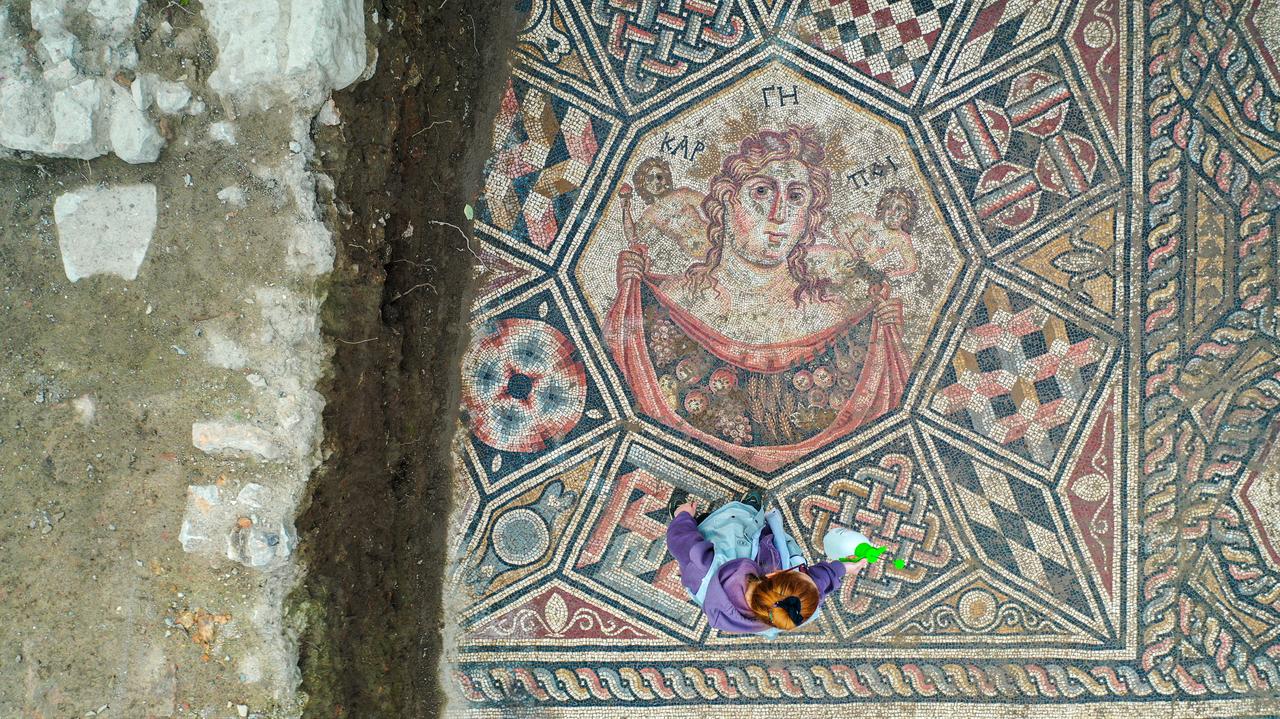
Kahveci explained that one of the central panels includes the inscription "Askania," the ancient Roman name for Lake Iznik.
The face beside the inscription appears to represent the lake itself as a female figure, an approach common in Roman art, where rivers, lakes, or seas were often personified. The figure’s hair resembles algae, while crab claws positioned like hairpins and wave-like lines around the neck reinforce the aquatic theme.
Another panel likely shows a goddess of abundance holding a basket filled with fruits believed to represent local produce of the period.
Surrounding motifs include braided patterns, labyrinths, the “Gordion knot,” and complex geometric compositions created using stone, marble, and glass tesserae—the small cubes used to form mosaic art.
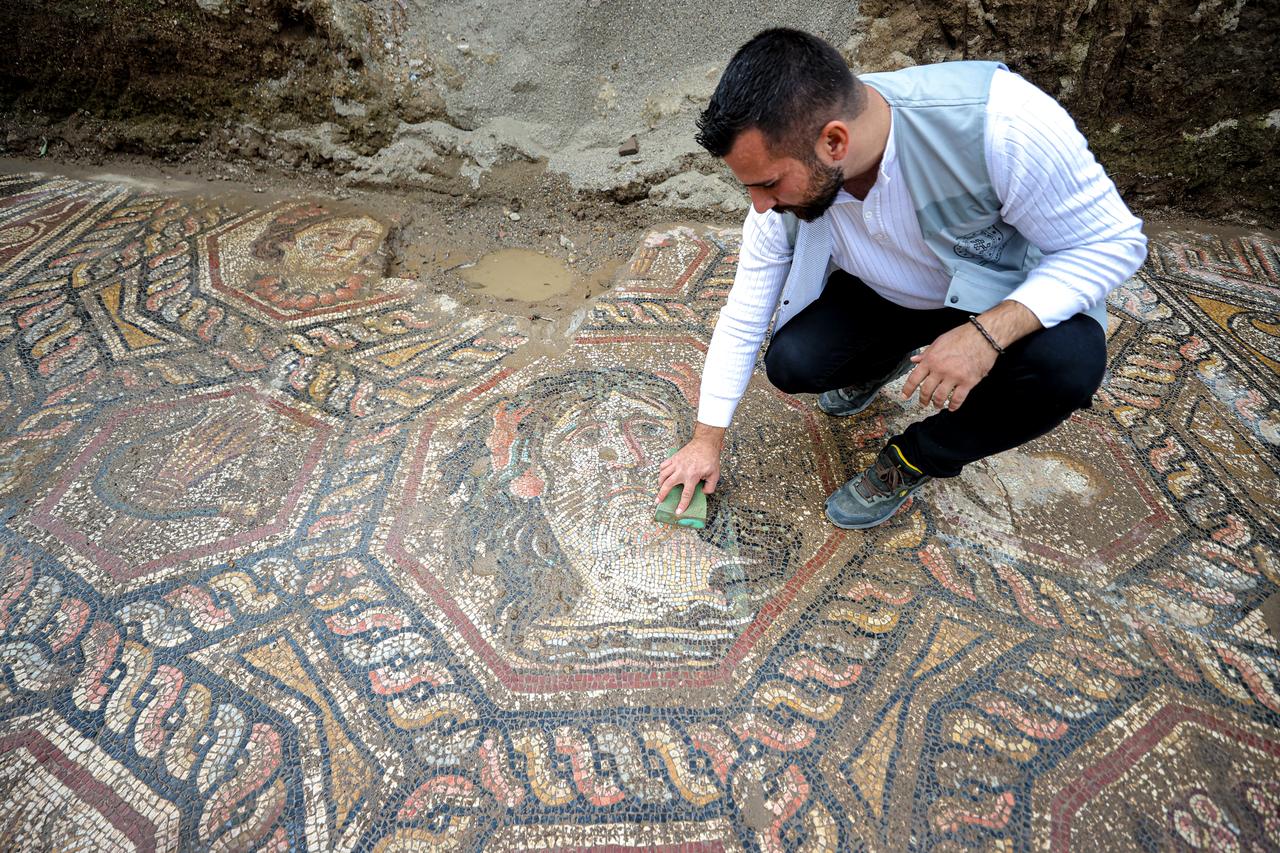
Although the function of the building is not yet certain, the refined workmanship of both the mosaic and wall decorations points to a wealthy or official structure. Kahveci noted that it may have been a Roman public building, an elite residence, or even a bathhouse.
Stratigraphic layers uncovered during the excavation show that the location remained in use for centuries. The third-century building was damaged in the late 4th century, followed by new structures erected in the 5th century and again in the 8th, 10th, and 11th centuries.
The southern part of the site contains floor remains from an 11th-century Byzantine structure, while the uppermost layer includes early Ottoman pottery. The area continued to be used well into the early Republican era.